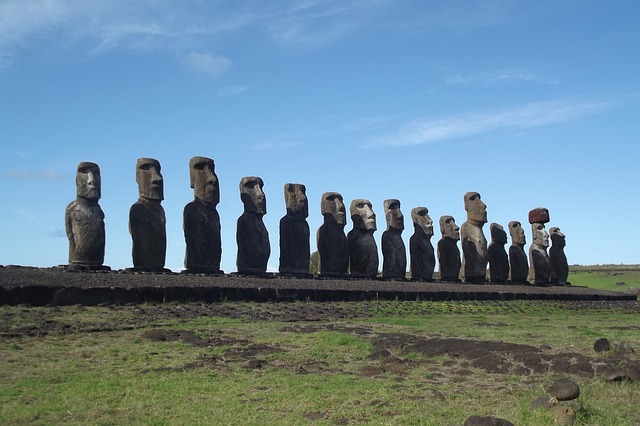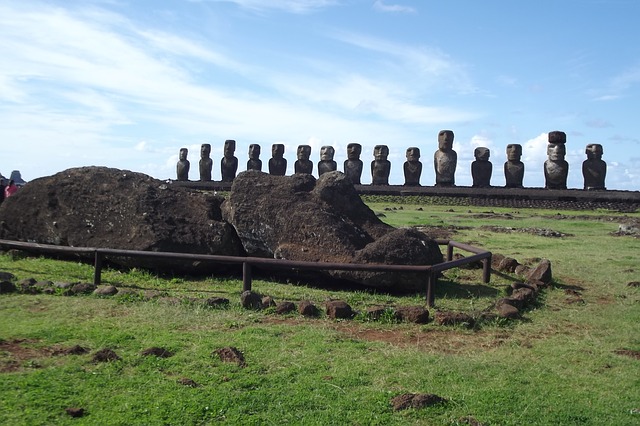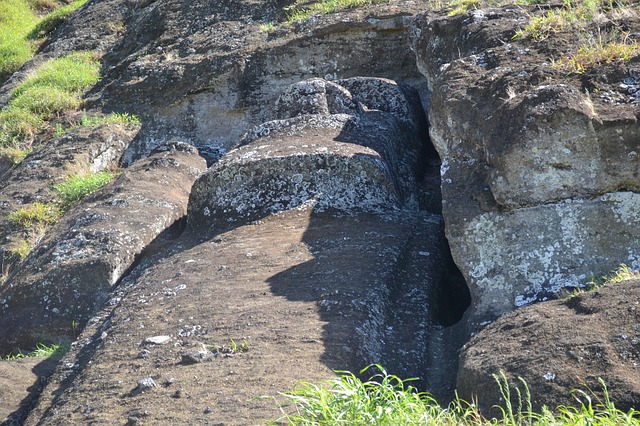Head to Easter Island for an Archaeology Adventure

Everyone is familiar with the great stone statues of Easter Island. However, there’s more to this place than just the Moai (the statues). If you’re looking for a unique adventure, and one that not many people have personally been on, come to this island. It’s remote, largely unchanged, and virtually isolated from the rest of the world.
Before you can enjoy Easter Island, you have to get there, and this is not easy. You can book a cruise through the P&O cruise sale finder site, however you won’t be able to dock on the island because there are no ports or harbours. Instead, you’ll have to fly in if you want to feel the dirt and grass beneath your feet. Despite this, a cruise might still be a good way to go if you’re on a serious budget, even if you can only get pictures from the boat, as hotels on the island are extremely expensive, and so are flights.
If you’re committed to going, however, there are a few places you absolutely must see.
Moai at Rano Raraku
The Moai at Rano Raraku are some of the biggest and most magnificent on the island. You can also see the hundreds of other Moai scattered around the island from the volcano. What you’ll notice immediately is that each statue is different from the next.
It was previously thought that all statues were males, but this does not appear to be true.
While most are depicted as males, there are some that appear to be females, complete with detailed sculpting of female anatomy.
You will also notice that all of the statues have their backs to the ocean. This is thought to be how the ancient people practiced their religion – they believed that the spirits would protect them by facing this way.
The statues of Easter Island sit on Ahu – stone slabs. They’re considered altars or platforms. There are about 272 of these altars around the island, but only several of them are home to Moai. The rest remain empty. Classic elements of ahu design include a retaining rear wall that extends several feet into the air, a front wall made of rectangular basalt slabs called “paenga,” a facia made of red scoria that went over the front wall, a sloping ramp in the inland part of the platform, a pavement of even-sized round water-worn stones, a paved plaza before the ahu, and an alignment of stones before the ramp.
The Tombs
Once you’ve satisfied your curiosity about the statues, it’s time to take a look at the tombs. This is where the ancient people of the island are buried. Some of the tombs are actually near the statues, under the temples (which are considered to be the ahu).
It’s difficult to tell exactly how the priests worshiped their gods in these open temples, but it’s clear that some people were buried under them, because there is evidence of human remains.
Some tombs are open, however, and away from the temples. These tombs are essentially open as well, and consist of stones, and sometimes a stone slab that indicates the remains of the individual or a family.
One of the coolest parts of the island includes the caves. Located below the Akivi Ahu is a long lava tunnel called “The Te Pahu Network” – the largest on the island. Yes, you can climb through here, but it’s a little cramped. There’s easy access to it through the collapsed ceiling, but you’ll want to wear old clothing and sturdy boots while you’re in here for obvious reasons.
These caves were formed over 5,000 years ago, but probably less than 10,000 years ago.
If you make it out alive, check out the cavern of the cannibals – the “Ana Kai Tangata.” Here you’ll see paintings of bird men on the ceiling. And, from a small cornice on the left side of the cavern, you can admire the waves crashing against the rocks.
Finally, a little ways north of the Tahai, there’s the cavern of the two windows. A lava tube emerges from the land near here. One cliff faces the sea and another towards the Motu Tautara.
Climb back out of the cavern and take a deep breath. You’re on Easter Island. Make sure you snap a lot of photos and be sure to take a memento with you. Not many people have seen this place, and even fewer make the trek to see the cavern of the two windows.
Ryan Posa’s great passion for voyaging on the high seas led him to found Cruise Republic in 2008. After seeing the world, including Alaska, Mexico, New Zealand, and the South Pacific, he enjoys blogging about fascinating and beautiful destinations across the globe. Keep up with Ryan’s latest Tweets here.







Leave a Reply